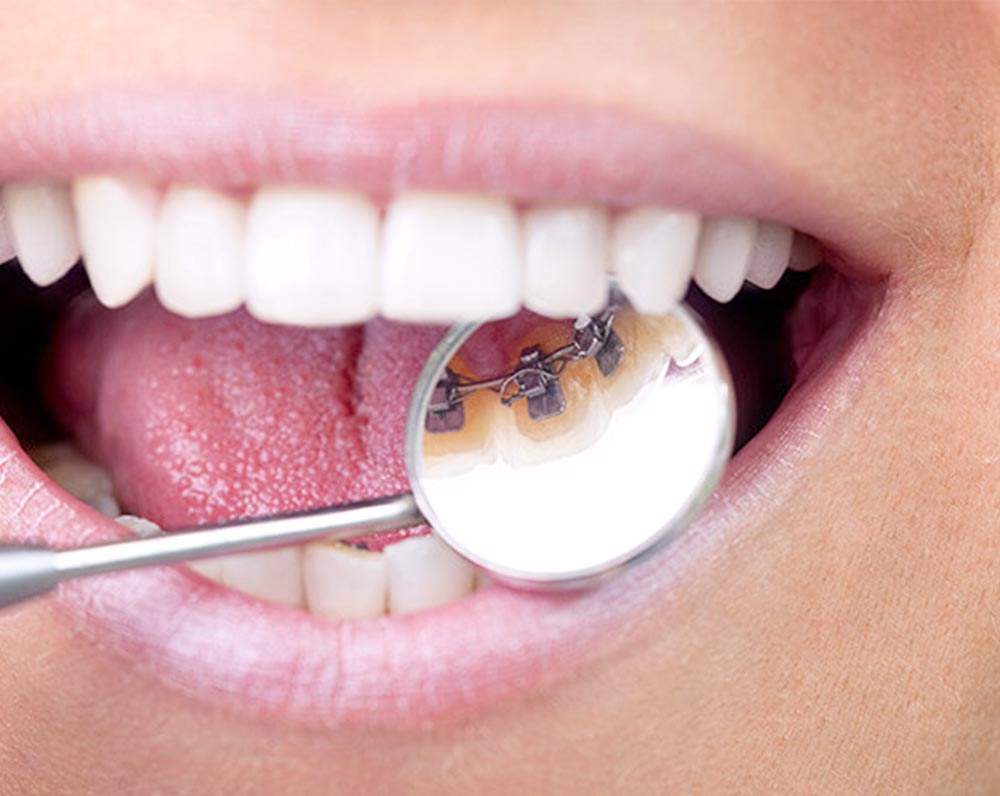5 Uncommon Myths About Invisalign Braces
Invisalign Braces
If you’re unhappy with the alignment of your teeth or have noticeable gaps, you’re likely to consider various cosmetic dental treatments to achieve your desired smile. Orthodontic options, such as Invisalign treatment and traditional braces, can effectively address these concerns. While Invisalign teeth straightening has gained popularity among adults seeking a discreet solution, misconceptions about its functionality can arise during your research. To provide you with accurate information about the Invisalign treatment process in Sydney, we’ve debunked some common myths below. This will help you make an informed decision to achieve the smile you’ve always wanted!

Invisalign’s Effectiveness Compared to Braces
Contrary to a common misconception, Invisalign is equally effective as traditional braces for addressing common alignment issues like crooked or spaced teeth. In some instances, even more complex cases can be successfully treated with Invisalign, but this requires the expertise of a skilled dentist or orthodontist. The primary factor that may affect the effectiveness of Invisalign treatment is the patient’s commitment to wearing the aligners for the recommended 22 hours daily, only removing them for eating, drinking, and oral hygiene to ensure optimal progress.
Pain Perception in Invisalign Treatment
Orthodontic treatments often come with some level of discomfort due to the pressure applied to straighten teeth. However, Invisalign typically causes less pain and discomfort compared to traditional braces. This is because of their comfortable design, which minimises issues like scratches, cuts, and irritation to the lips and cheeks commonly associated with braces.
Wearing a Retainer After Invisalign
Choosing Invisalign doesn’t exempt you from the need for a retainer. It’s essential to wear a retainer at night to maintain your newly aligned teeth. Without it, your teeth can gradually shift back to their original positions, rendering your efforts and investment in achieving a straighter smile futile. In such cases, you may need to undergo additional treatment at your own expense.
Fortunately, retainers come in discreet forms, similar to your Invisalign aligners, or as a wire bonded to the back of your teeth.
Advanced Preparation for Invisalign Treatment
In certain situations, your dentist or orthodontist might recommend preparatory steps before commencing orthodontic treatment, such as tooth extraction or reshaping through sandpapering. This is done to enhance treatment outcomes and is applicable to both Invisalign and braces. While more challenging cases may benefit from traditional braces, they are more likely to involve extractions compared to less complicated Invisalign cases.
Seeing a Dentist for Invisalign
While there are emerging online brands of clear aligners that don’t require in-person dentist appointments, it’s crucial to remember that the alignment of your teeth, bite, and jaw is a highly specialised process. For the most effective and safe treatment, it is advisable to seek the expertise of a qualified dentist or orthodontist. They can not only oversee the treatment but also make any essential adjustments along the way, ensuring that your teeth straightening journey is tailored to your unique needs and results in a correctly aligned smile.
Undergoing Invisalign treatment in Sydney with one of our highly experienced dentists will mean you receive customised care and planning, as well as regular visits to ensure your treatment is on track to getting you the straightest smile possible!
Our friendly staff are ready to assist you.
Keep Calm, Smile On.











